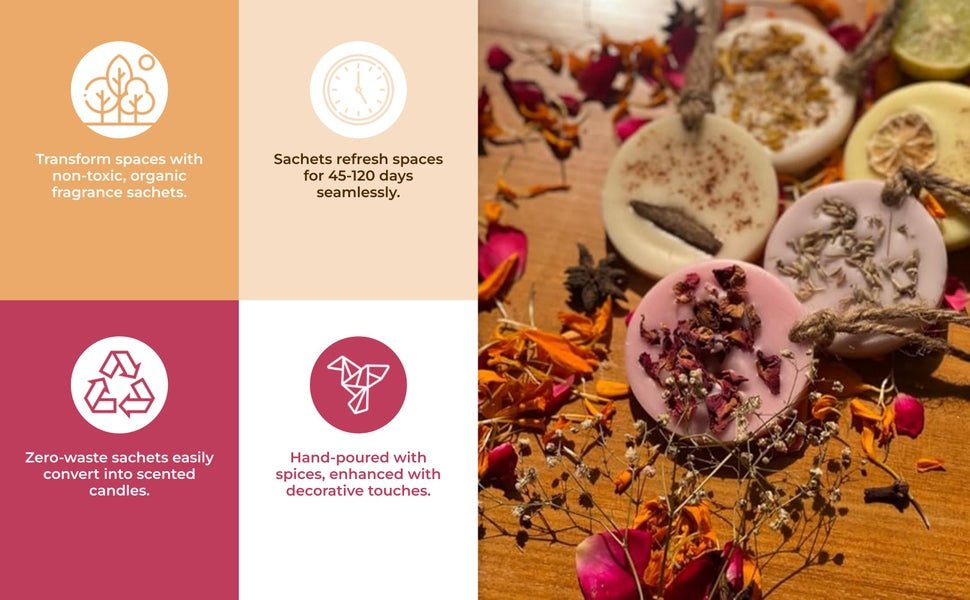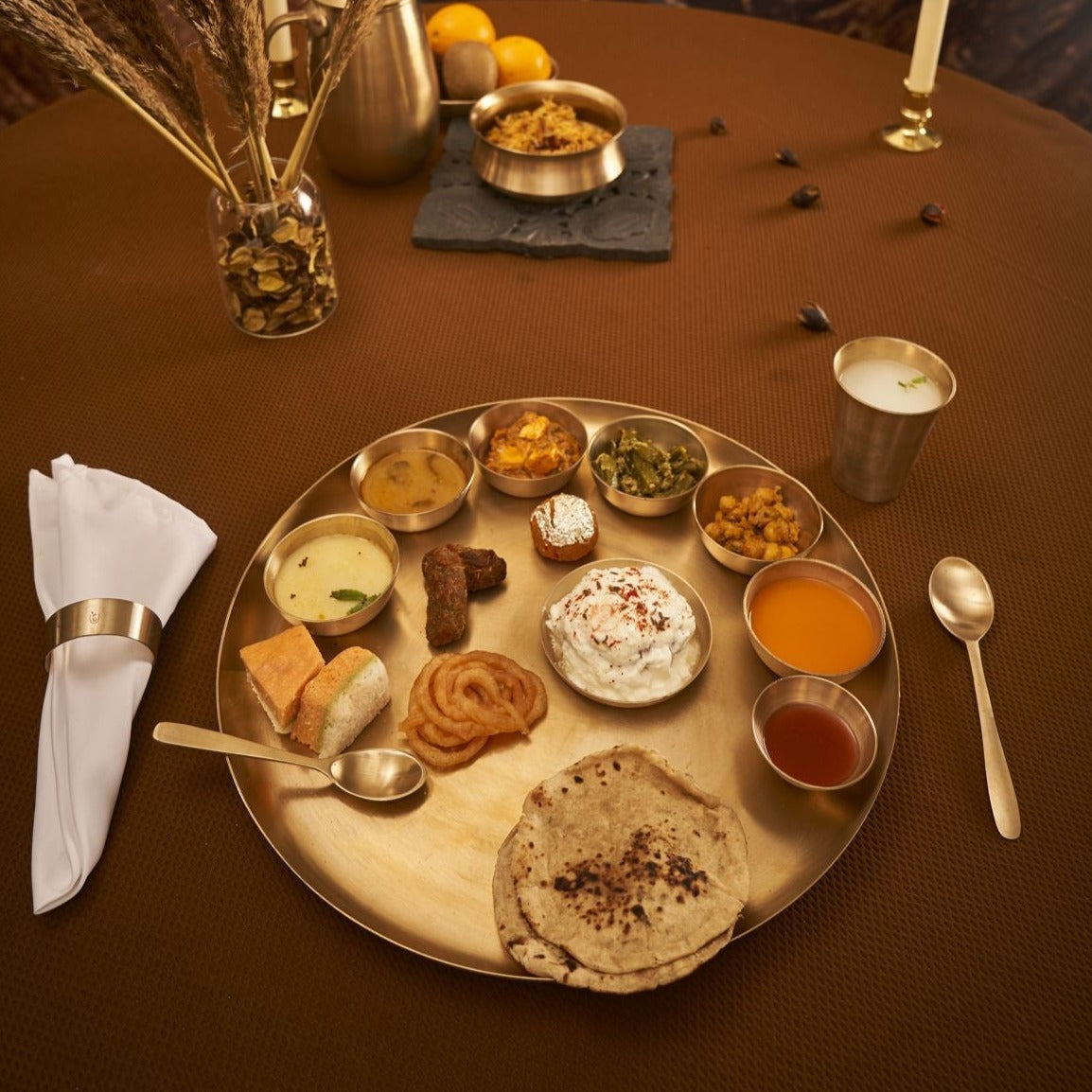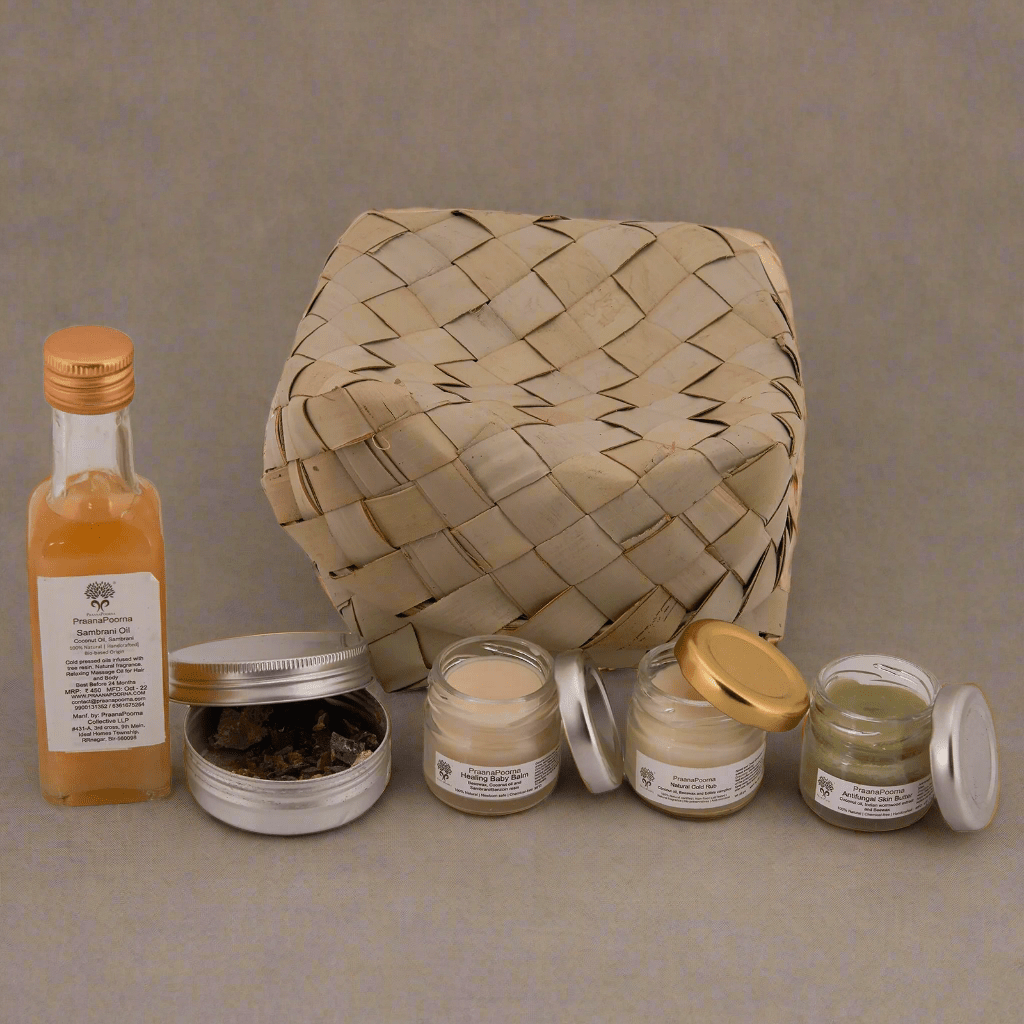The start of the Georgian calendar year witnesses Pongal, the harvest celebrations in the Tamil regions (Tamil Nadu, Telangana, Andhra Pradesh, Kerala, and Karnataka). Celebrated in the auspicious Tamilian Thai month, it's more of a thanksgiving festival to honor the contribution of Mother Nature in enhancing agricultural wealth and prosperity.
Pongal is celebrated to mark the end of winter and ushering the harvest season. The Green Pongal festival is celebrated for 4 days with immense zeal, enthusiasm, and serenity, showing earnest gratitude for the farmers who bring food to the table.
The significance of Pongal lies in the four-day celebration starting from Bhogi, where dilapidated items are discarded, then moving on to Thai, Mattu, and Kannum Pongal. Sharing a line or two about the four-day Pongal celebration will give a clear picture:
- Bhogi Pongal - This marks the start of the four-day-long Pongal celebration, where old items are burnt in traditional bonfires (Bhogi Mantalu). This ritual symbolizes letting go of the past and embracing a new beginning.
- Thai Pongal - Tamil-origin people have named the MAKAR SANKRANTI celebration Thai Pongal due to its alignment with the Thai month. A traditional delicacy called the Sweet Pongal is prepared with the new harvest rice, jaggery, and milk all boiled together to produce a savory. The cooking is done outdoors and over-flowing of it during the preparation symbolizes abundance.
- Mattu Pongal - The third day marks the ceremony of Mattu Pongal, where cattle are worshipped for their pivotal role in agriculture. It's on this day that the integral relationship between farmers, cattle, and agriculture is celebrated. On this day, the cattle are adorned with beautiful accessories and are worshiped with savoring treats.
- Kannum Pongal - On the last day, family gatherings and outings are held to mark the celebration of Kannum Pongal. Better known as Kanni Pongal, public gatherings are made in temples offering special prayers for the dear ones. It's a recreation day, a day to worship personal bonding and share the festivity with loved ones.
Pongal and its Ecological Significance
Although seen as a regional celebration, the ecological significance of Pongal lies in the profound adoration of nature and its contribution to farming practices. Celebrating Pongal calls for the simultaneous worship of the sun, cattle, and agricultural fields. Nature gets a rebirth with Uttarayan, i.e. the sun starts its journey northwards for the next 6 months, waking up to a new beginning with zeal and passion to start afresh.
The inner significance of celebrating Pongal lies in the need to protect the natural resources in this trying time when Mother Earth is going through a crucial phase. In true terms, Pongal is a celebration of the ecological balance between nature and humans.
- Utilization of natural elements - The main ingredients behind the Pongal celebration are the usage of earthen pots, sugarcane debris, and banana leaves, thus, guiding the importance of recycling and reusing biodegradable products.
- Raising environmental awareness through traditional practices - Whether it’s worshiping animals on Mattu Pongal or burning the unwanted clutter in Bhogi Pongal, these cultural practices are a disguise to promote environmental awareness through ethical animal husbandry and prevention of soil erosion.
- A unique combination of traditional eco-practices and modern inventions - The Pongal festivities call for the urge to promote environmental consciousness through a witty amalgamation of age-old practices and modern methods.
Eco-friendly Home Décor Ideas:
Pongal calls for a home makeover, and nothing could be more sustainable than using eco-friendly home décor products for that soothing look. There are several mind-blowing ideas to light up the house during the harvest celebration.
- Making designs with rice flour/organic color - The traditional use of rice flour in carving out designs for your home entrance is still in vogue. However, using organic vibrant colors is also a good option. The use of aromatic and bright-colored flowers and leaves can also be a visual and nasal treat.
- Painted and Decorative Pots - Using decorative clay pots for eco-friendly home decor relives the Pongal vibe in concrete cities. One can enhance the beauty of these pots by painting them with vibrant colors. Filling them with rice, and jaggery is considered a good omen as it brings prosperity in homes.
- Banana leaves - Step up a bit forward by replacing those ceramic cutleries with plates and glasses wrapped up with banana leaves. Embrace sustainability by using sustainable products, not only in Pongal but also, throughout the year.
- Sugarcane decoration - Pongal decorations without sugarcane are just not done. Since this crop is an indispensable part of the harvest celebration, one can use sugarcane to zing up the look.
Final Overview
Concluding on a greener note, the essence of a true Pongal celebration can be brought by adopting these nature-friendly home-décor ideas to get a rural and natural vibe in concrete homes. This is one such festival that has a hidden connection with maintaining sustainability and ecological balance by following traditional methods.
Check out our Eco-Friendly Home Decor:













































Share:
Decorating Sustainably for Lohri: Festive Ideas to Brighten Your Home
Sustainable Celebrations: Eco-Friendly Makar Sankranti Ideas